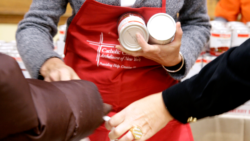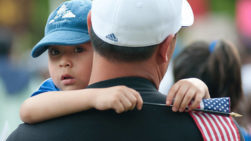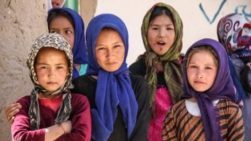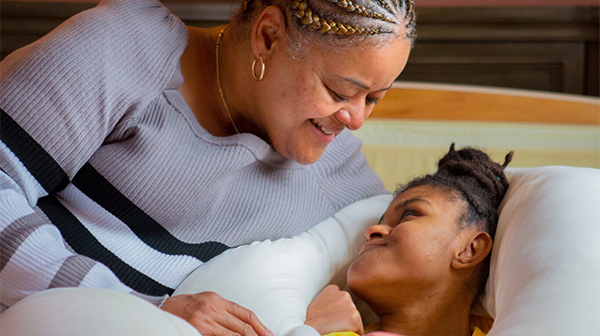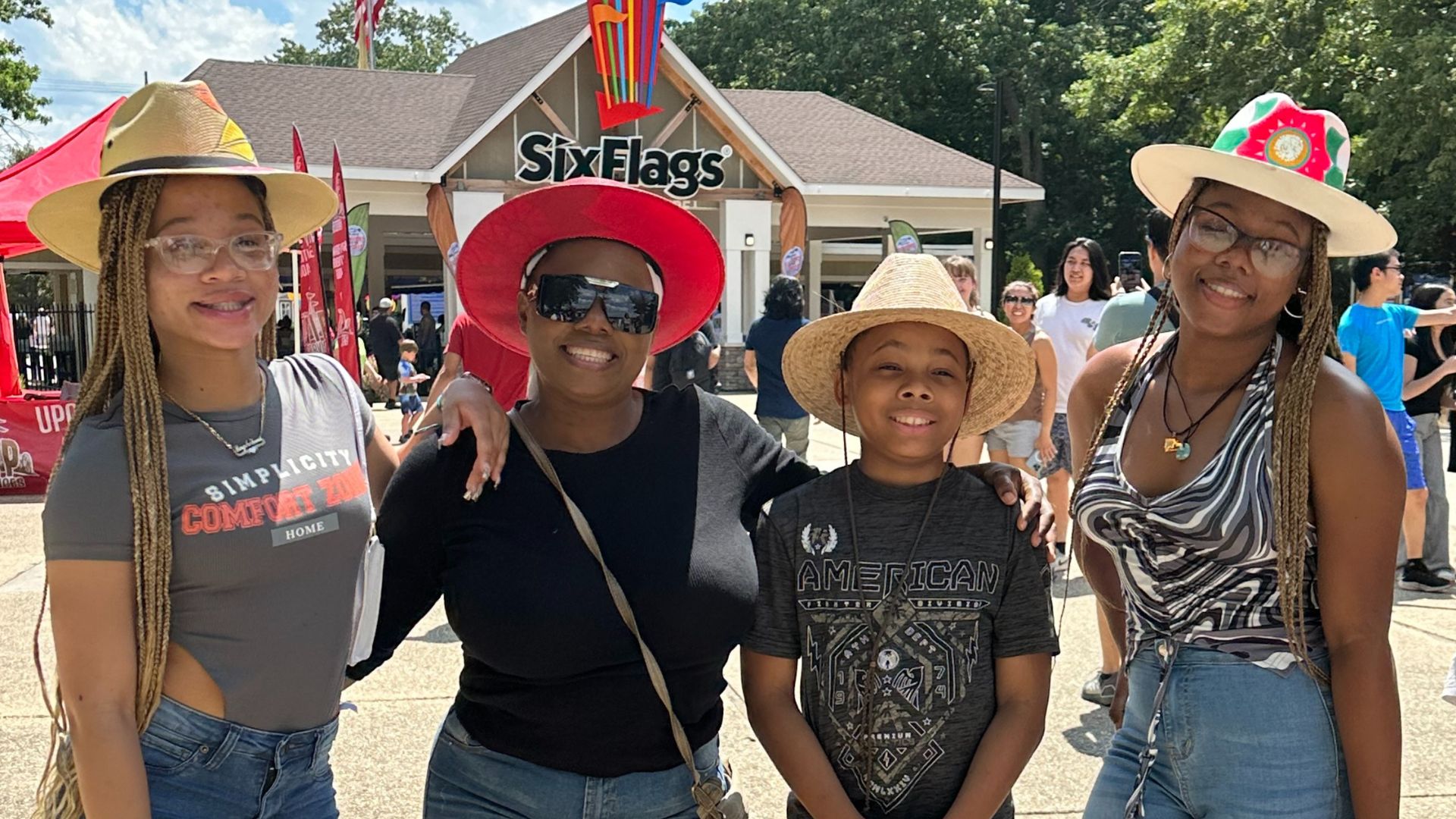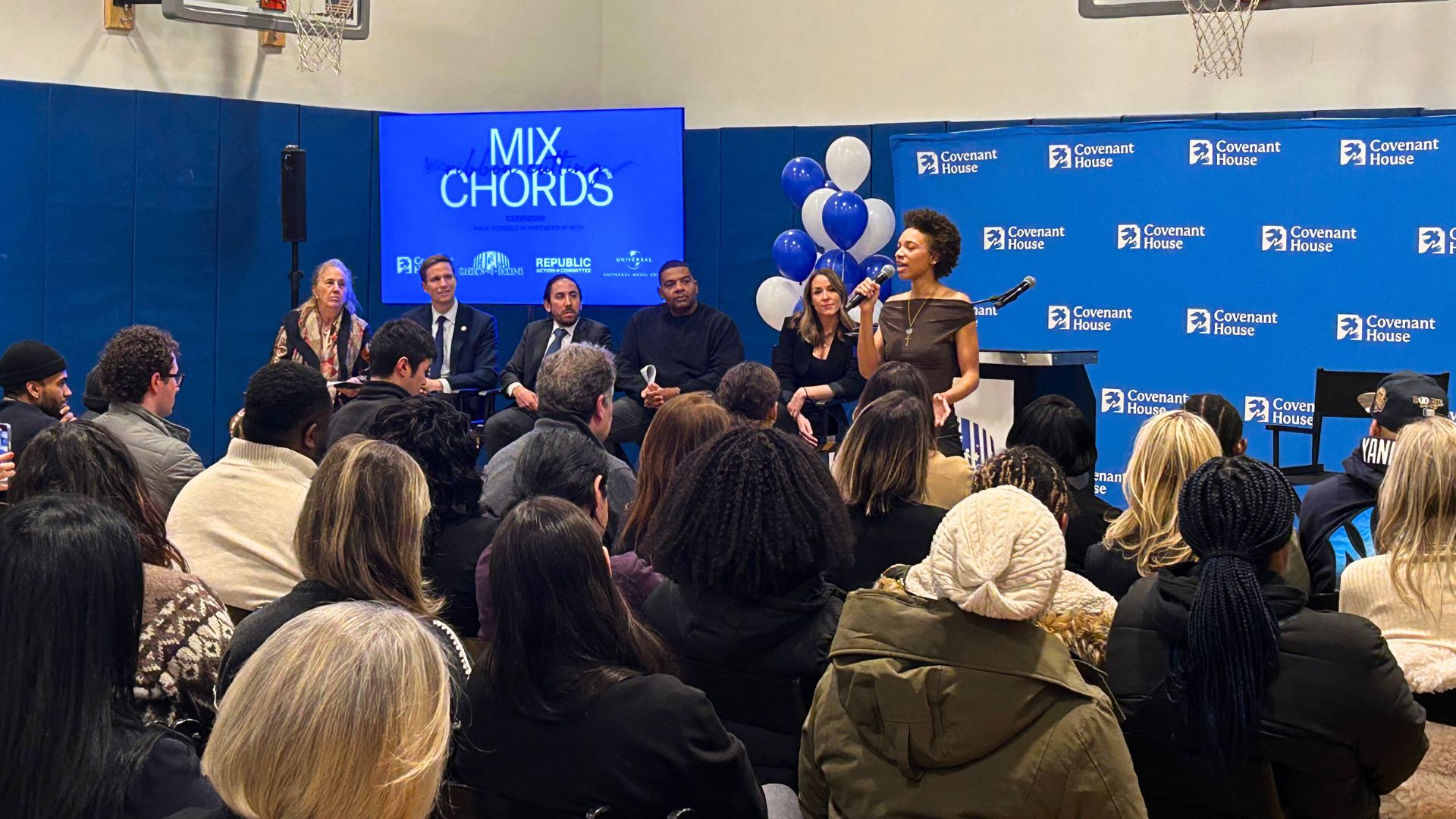As New York City went into lockdown, some families faced additional challenges in helping their children keep up.
Since Joy Williams’s daughter, Verona, was born blind and quadriplegic, Ms. Williams has dedicated all her time to raising her.
After Verona, 17, transitioned to remote learning in March, Ms. Williams took on even more of her care. “I’ve become a physical therapist, occupational therapist, speech therapist and a teacher,” said Ms. Williams, 52.
Donate now to the 109th annual campaign of The New York Times Neediest Cases Fund. All proceeds go to 10 organizations providing assistance to those facing economic hardship. Make a tax-deductible donation through GoFundMe.
In addition to abruptly losing the in-person support that Verona had received at the Lavelle School for the Blind in the Bronx, Ms. Williams faced challenges just getting her daughter online for school. The iPad her daughter received from the city’s Department of Education had one app and did not accommodate her learning disabilities.
“Our students can’t turn the computer on by themselves or launch the Google Meet by themselves,” said Rebecca Renshaw, the executive director of the Lavelle School. “They rely on their parents because of these significant disabilities.”
Administrators at the school, which is private but state-supported and serves 125 students, realized the iPads were a problem for some of its students, who have visual impairments along with other disabilities.
To help get students ready for the new school year, school officials bought seven specialized tablets with a $2,500 grant from Catholic Charities Archdiocese of New York, one of 10 organizations supported by The New York Times Neediest Cases Fund.
The city’s Department of Education allows any child who attends a public school or a private school that receives special education services to get an iPad. Even before remote learning began, the city offered software and hardware to assist children with disabilities based on a student’s specific educational needs.
But in recent months, the Lavelle School wanted customizable tablets to better accommodate remote learning for students who have several disabilities.
The new tablets, Ms. Renshaw said, can download several apps, providing more choices for math, for instance, and settings can be adjusted to help students with visual impairments. “There’s no barriers,” Ms. Renshaw said, adding that, with help from grants, the school had distributed about 100 specialized tablets to its students.
Having several ways to access remote learning also eased problems for students who are low-income, like Verona, who receives $464 in Social Security disability benefits each month. At the start of the coronavirus pandemic, 20 percent of families whose children attended the Lavelle School had only a phone, or no device at all, to access online learning, Ms. Renshaw said. “I would say the biggest difference between what we’re able to offer now is that they’re not restricted in their access,” she said.
Verona received her iPad last month, and Ms. Williams said it had eased her daughter’s full-time remote learning from their public housing apartment in the Bronx.
“The support and everything I get from the school helps a lot because, some parents, we just don’t know how to navigate the iPad,” Ms. Williams said. “We’re both learning as we go along.”


